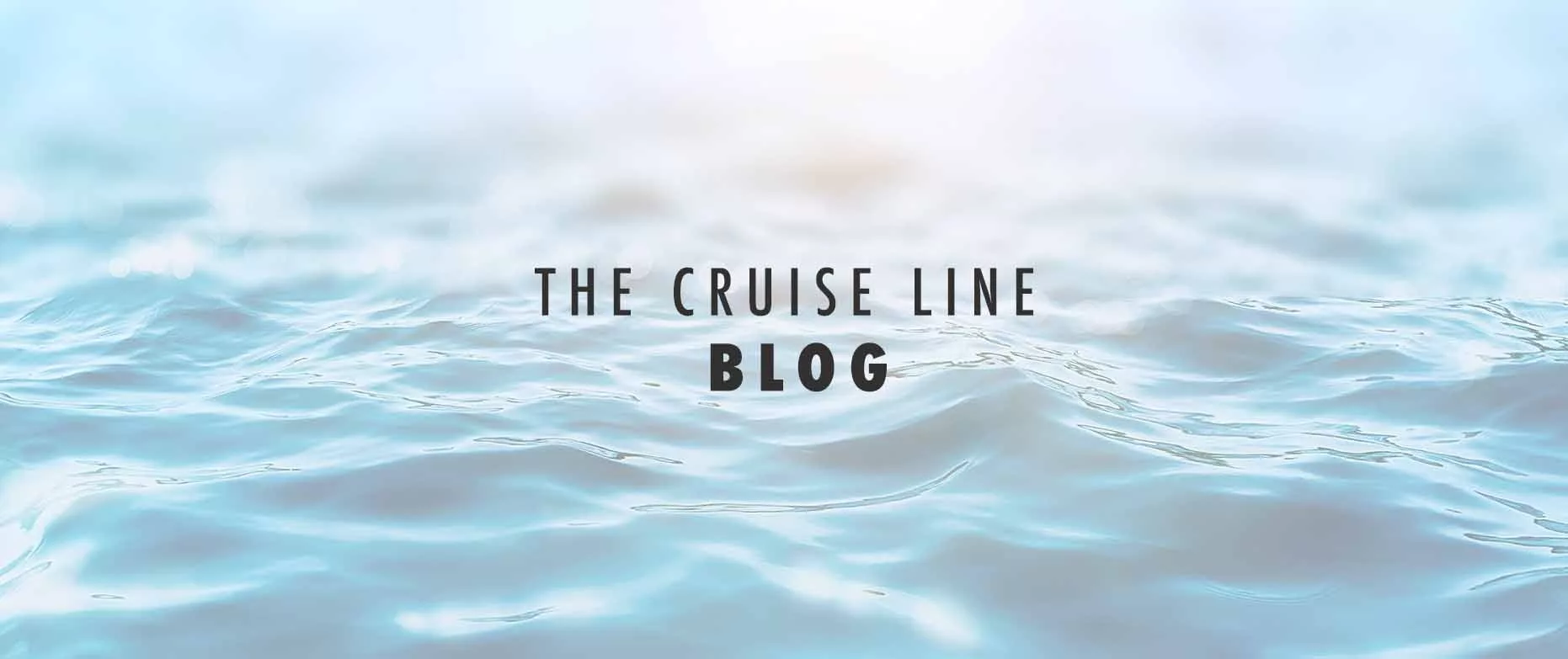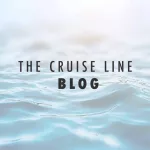The Wonders of Norway
Most people think that cruising is a relatively modern phenomenon. Dear old P&O Cruises claim to have kicked things off a recently as 1844, while the great ocean-going fleets of White Star Line, Cunard, Hamburg-America Line, Norddeutscher Lloyd and Inman Line burgeoned in the first half of the 20th century, closely followed by more contemporary brethren like Holland America Line, Royal Caribbean and Carnival.
Most people, however, would be wrong. Cruising really took off around 790 when a bunch of intrepid Norwegians set sail with a view to journeying to more hospitable climes, presumably thinking – much as we do today – that the best way to get some top class relaxation under your belt is to cruise to somewhere that offers a healthy dose of sunshine.
The Swedes also thought this was a pretty neat idea and joined their Scandinavian chums in this itinerant exercise, jointly reaching as far afield as the Middle East and North America. They discovered the delights of the Mediterranean and Aegean Seas, and stopped off to top up their sun tans in Portugal and Spain.
OK, so there was that whole horn-helmeted plundering and raiding thing, but, on the whole, the Vikings can truly say that they invented cruising before it was even a thing. And, when you live in polar bear weather for much of the year, there’s an argument to be made for a bit of good-natured looting and pillaging when the sun finally comes out.
The fact the Scandinavians were such consummate mariners definitely fits our idea of poodling around on the briny, albeit without the helmets and axe-wielding. The Vikings were well known for great sea-going inventions such as a spar for sailing against the wind and the navigational tools to get there as well as back again. Those, of course, were the precursors to vital innovations like splicing the mainbrace, and knowing how to get back to your cabin once suitably spliced.
When you add in the knowledge that much of coastal England, Ireland and northern France fell under Viking influence in the 10th and 11th centuries, it probably explains why we Brits have such a strong urge to set sail at regular intervals ourselves. It’s in our very DNA, courtesy of Erik the Red.
It was obviously no coincidence when the truly modern era of cruising arrived c. 1966 that some of the founders of this contemporary version were also Norse in origin. Oslo-born Knut Kloster was one of the prime movers behind the establishment of Norwegian Caribbean Line (now Norwegian Cruise Line), while three Norwegian companies were primarily responsible for creating Royal Caribbean Cruise Line (now just plain old Royal Caribbean International) in 1968. Royal Viking Line was a going concern from 1972 to 1998 and the elegant Star Clippers was created – and is still owned – by Swedish entrepreneur Mikael Krafft.
Now, given the relative proximity of Norway to British ports, it is no wonder we are such fans of cruising across the North Sea once the weather ameliorates from its usual propensity to freeze the whatnots off a brass monkey, and that is most definitely A Good Thing in our book.
Because, just a day’s full steaming from the likes of Dover, Tilbury and Harwich, are some of the great wonders of the world, tucked away behind such tongue-twisting names as Gudvangen, Geiranger, Andalsnes and Svolvaer. This is majestic fjord territory the likes of which exists in few places on earth (New Zealand and Chile spring to mind, but, let’s be honest, you’re not getting there from a UK port), and it is as impressive as it sounds.
Geirangerfjord, Ulvikfjord, Lysefjord, Hardangerfjord and Næaerøyfjord are among some of the most spectacular sights on the planet, and they are all readily accessible, G&T in hand, from the deck of your favourite cruise ship. Every major cruise line (OK, not Carnival but then you’re not likely to be considering that option anyway) now includes Norway on its itineraries, and the routes run the gamut from Oslo and Fredrikstad in the south-east, to Kirkenes on the Russian border, via the amazing Lofoten islands and across the Arctic Circle.
There are also plenty of fascinating ports of call along the way. Oslo remains a wonderfully fresh and vibrant place to visit – “the world’s biggest village,” a Norwegian friend once told us – while Trondheim, Trømso, Ălesund and Stavanger all combine traditional with modern elements in such an utterly charming and effortless way, you may well be tempted to stay behind after your ship departs (until you check the local prices and realise their cost of living is stratospheric compared to ours. We once paid £5 for a cup of coffee in Oslo – even The Ritz is cheaper than that!).
But if there is one port that successfully encapsulates much of what Norway has to offer and which should be on every cruiser’s radar, it is the 11th century Hanseatic League stronghold of Bergen, originally the country’s capital but now its second city and a brilliant example of how to showcase both a culture and sightseeing experience in easy, bite-sized pieces.
First of all, most ships dock at the Skolten harbor, which is barely a half-mile stroll to the city centre. And you’ll want to visit the city centre as this is where you’ll find the Bryggen, one of the most celebrated parts of Scandinavia from the Middle Ages, with foundations dating back to the 12th century (albeit rebuilt in the 18th century after a major fire). A UNESCO World Heritage site, this is an amazing historical window on to a fascinating period.
After the Bryggen, you should take the Fløibanen, the six-minute funicular ride to the top of Mount Fløyen, one of Bergen’s famous ‘Seven Mountains’ that ring the city. It affords a panoramic view of the city and, in summer, is enhanced by folk music and other cultural touches that make this a true joy to visit. Need a higher view? Take the Ulriken Express cable car for a stunning view of the full fjord vista.
There are other highlights, of course, notably the KODE Art Museums, the Fish Market, the Aquarium, Maritime Museum and Old Bergen Museum, but, best of all, a few hours here will give you the very essence of Norway, the modern-folksy charm of the country, and the friendliness of the people. Scandinavian café culture in a nutshell.
Oh, and that joke about Viking culture being in our DNA? It might just not be a joke at all. I caught Treadwell eyeing up a very dangerous-looking double-handed axe in an Oslo gift shop and wondering if it would fit in the suitcase. I think our postman better not make any wisecracks about losing our mail in future…




